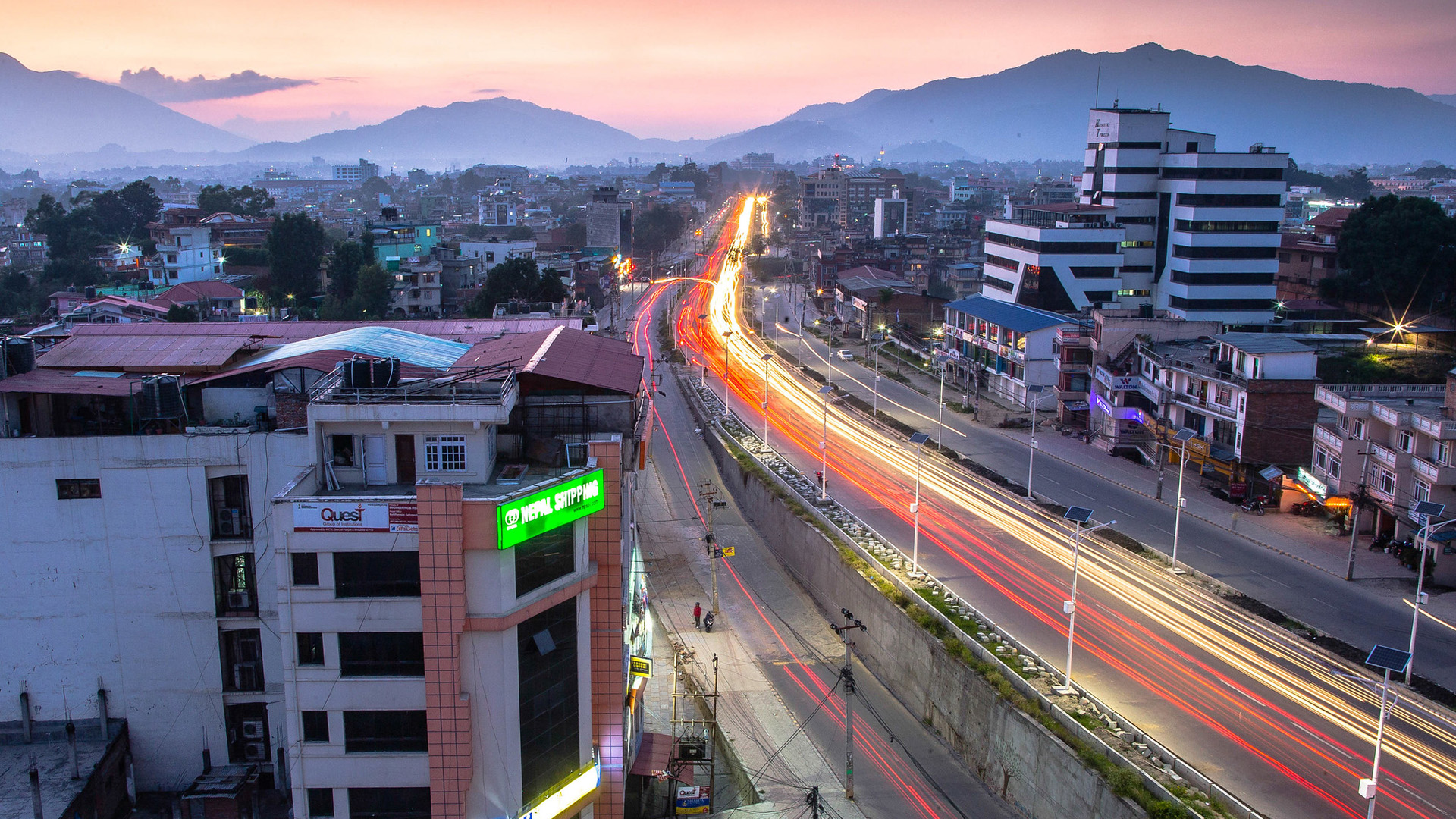Charging Up Nepal to Reduce Poverty and Expand Inclusivity
Nepal, a landlocked country where 80% of the people live in poverty-ridden rural areas, is pursuing an urgent goal: significantly reduce poverty to less than 5% by the end of 2030. However, limited access to modern energy resources and inefficient grid connectivity have been hindering the country’s social and economic development.
“Although 90% of Nepal’s population has access to grid-supplied electricity, the power transmission and distribution systems need to be stronger and more efficient,” shared ADB’s Pushkar Manandhar, who oversees the project. “In addition, the business environment and legal frameworks for investment are not sufficiently mature to attract private sector capital and participation at the level required, particularly in the transmission and distribution subsectors.”
The Nepal Electricity Authority (NEA), the parent generator and distributor of electric power, has also been dealing with challenges, such as poor billing and collection practices, in turn limiting revenues and investments.
The Government Acts
The promulgation of the Nepal Electricity Regulatory Commission Act in 2017 is an important milestone in reforming Nepal’s power system. Recognizing the continued need for physical investment in electricity supply infrastructure, the government began implementing its plan to install an additional 15,000 megawatts (MW) of generation capacity by 2028. Given that Nepal has one of the lowest per capita energy consumption globally at 177 kilowatt-hours annually, 15,000 MW would not just be enough to meet domestic demand; it will also allow the country to export surplus electricity to India and Bangladesh.
To this end, the government is encouraging investments in hydropower projects and other renewable energy sources. These investments are critical to satisfying the country’s power supply needs in the long term and providing universal access to a reliable electricity supply by 2030.
Partnerships Lend a Hand
The successful reforms of the government between 2017 and 2018 facilitated investments by ADB and its partners into Nepal’s energy sector.
Helping Nepal improve its energy security is in line with the South Asia subregional agenda of developing infrastructure that will eventually help promote intraregional power trade.
– Pushkar Manandhar, ADB senior project officer
In 2020, ADB approved the South Asia Subregional Economic Cooperation Power Transmission and Distribution System Strengthening Project, with cofinancing grant and technical assistance from the Government of Norway. The project is expected to improve the accessibility, reliability, and efficiency of Nepal’s power supply. These outcomes will also enhance energy trade infrastructure in the South Asia Subregional Economic Cooperation countries. The upgrading of selected substations to 400 kilovolts will facilitate cross-border power exchange with India.
“This project is fully aligned with ADB’s strategy focusing on energy sector reform and financial sustainability and strengthening transmission and distribution systems to support regional cooperation and integration,” Manandhar said. “Helping Nepal improve its energy security is in line with the South Asia subregional agenda of developing infrastructure that will eventually help promote intraregional power trade.”
Specifically, the project will increase the power system transmission capacity of three substations in Khimti 1, Barhabise, and Lapsiphedi in the Bagmati Province. It will also improve the distribution systems in the Kathmandu Valley, Bharatpur, and Pokhara by constructing transmission lines and automated substations and modernizing and reinforcing distribution centers in the areas.
Norway, a partner in this project, provided a $35 million grant to install and upgrade power distribution networks in the Medhesh Province and various substations to provide universal electricity access and enhance the reliability of the power supply. A $5 million technical assistance grant was added to build NEA’s capacity to ensure that gender equality and social inclusion are strengthened and new technologies are used to make electricity infrastructure resilient. This much-needed capacity development support ensures that under NEA’s operations, the energy needs of poor and disadvantaged communities are addressed, social safeguard risks are minimized, and results and impacts are documented and reported. This support will help improve the capacity of women to use electricity for energy-based businesses.
Easing Pandemic Burdens
The COVID-19 pandemic has disproportionately impacted Nepal’s poor, informal sector workers, migrant workers, households depending on remittances, and women. As communities and countries slowly recover from the pandemic, reinforcing electricity networks in urban centers and commercial hubs is essential to fuel and sustain post-pandemic economic recovery. The government temporarily closed businesses and schools and confined people to their homes for extended periods in response to the pandemic, highlighting the importance of providing a reliable electricity supply so that vulnerable communities are not disproportionately penalized and can recover quickly.
Expecting Sustainable Impact
When the project concludes, it will have reinforced, modernized, and strengthened the power supply system and transmission lines in Kathmandu and beyond. The project will also have provided support to the Medhesh Province, where the quality of electricity supply is poor, and about 20% of households are still without access to the national grid.
Manandhar said the project would also accelerate progress in gender equality by targeting women and poor households headed by women. “Our partnership with Norway helped raise awareness on the efficient and safe use of electricity. In addition, women will be taught energy-based livelihood activities to help them become active economic participants.”
Addressing climate change is also one of the project’s anticipated impacts by upgrading transmission and distribution systems to reduce systems losses, transmit power from the hydropower plants to the grid, and improve the urban environment in and around the Kathmandu Valley. In addition, regional cooperation and integration will be supported by strengthening transmission infrastructure for cross-border power exchange with India.
Project Details
South Asia Subregional Economic Cooperation Power Transmission and Distribution System Strengthening Project
Cost
$327 million
- ADB Resources $200 million
- Government of Nepal $87 million
Cofinancing Partners
- Government of Norway (Grant) $35 million
- Government of Norway (Technical Assistance) $5 million
Dates
Approval Date 26 June 2020
Signing Date 27 August 2020
Completion Date 30 June 2026


